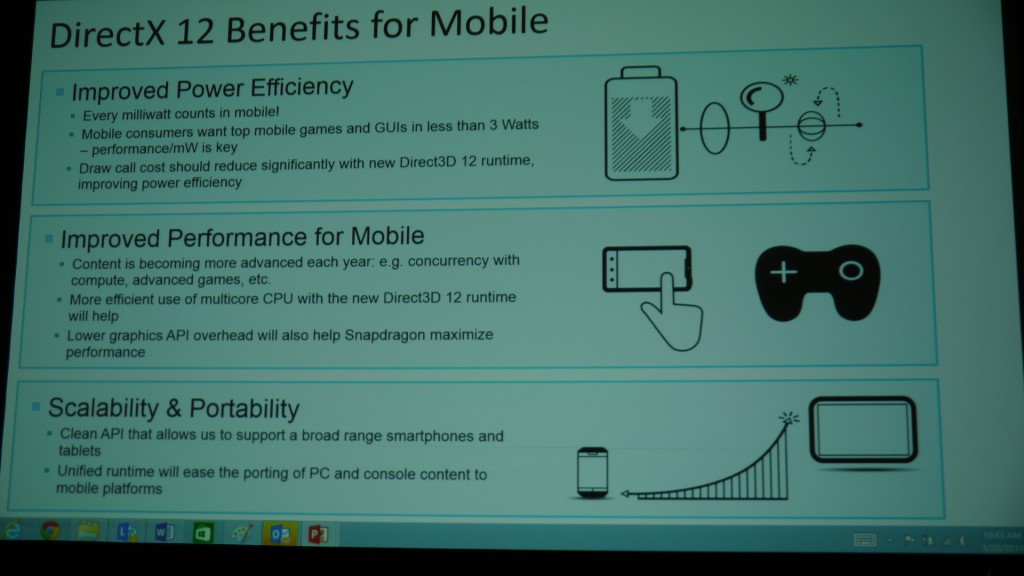After a long wait, Microsoft has finally unveiled its plans for the next generation of its graphics APIs, Direct X. These APIs were developed by Microsoft for making game development easier on Windows and eventually on all of its other platforms. It provided a standard way, an abstracted layer, for developers, to take advantage of complex graphics hardware. This spurred the PC gaming industry, until the recent years, in which the development of the API tapered off, with evolutionary additions.
With Direct X 12, which is apparently a big departure from the current programming model, Microsoft hopes to reinvigorate game development on all its products, right from PCs to phones, tablets and of course, the Xbox One. Direct X 12 was revealed at the Game Developers Conference with hardware partners in AMD, Nvidia and Qualcomm, to name a few, and will ship on products starting 2015.
Direct X 12 will apply to all Microsoft products, which is hence a single API to code for all form factors. This includes mobile of course, with Windows Phone 8 already supporting Direct X. But what are the benefits of DX 12 on mobile, you ask?
Taken from the GDC presentation, this lists the benefits of DX12 for mobile. The main three takeaways here are improved power efficiency, improved performance through use of multicore CPU and scalability with a standardized API and runtime, which will ease porting to mobile. Qualcomm is the only mobile partner that will support Direct X 12, as they have been the only exclusive provider for Windows Phone ever since its inception. Windows Phone Blue will be supporting many chipsets like the Snapdragon 200, 400 as well as 800 and the newer ones, and we expect to see Direct X 12 compatibility in all of those. Could this mean better games on Windows Phone due to easy porting? Well, since 2015 is far away, it’s not clear whether porting will be that easy, but we sure hope it is, by the time it matures.
Microsoft promises to reveal more information about Direct X 12 at the Build developer event next month. We’ll be tracking this closely, so keep checking the blog for the latest news on Direct X 12, with a focus on mobile.


